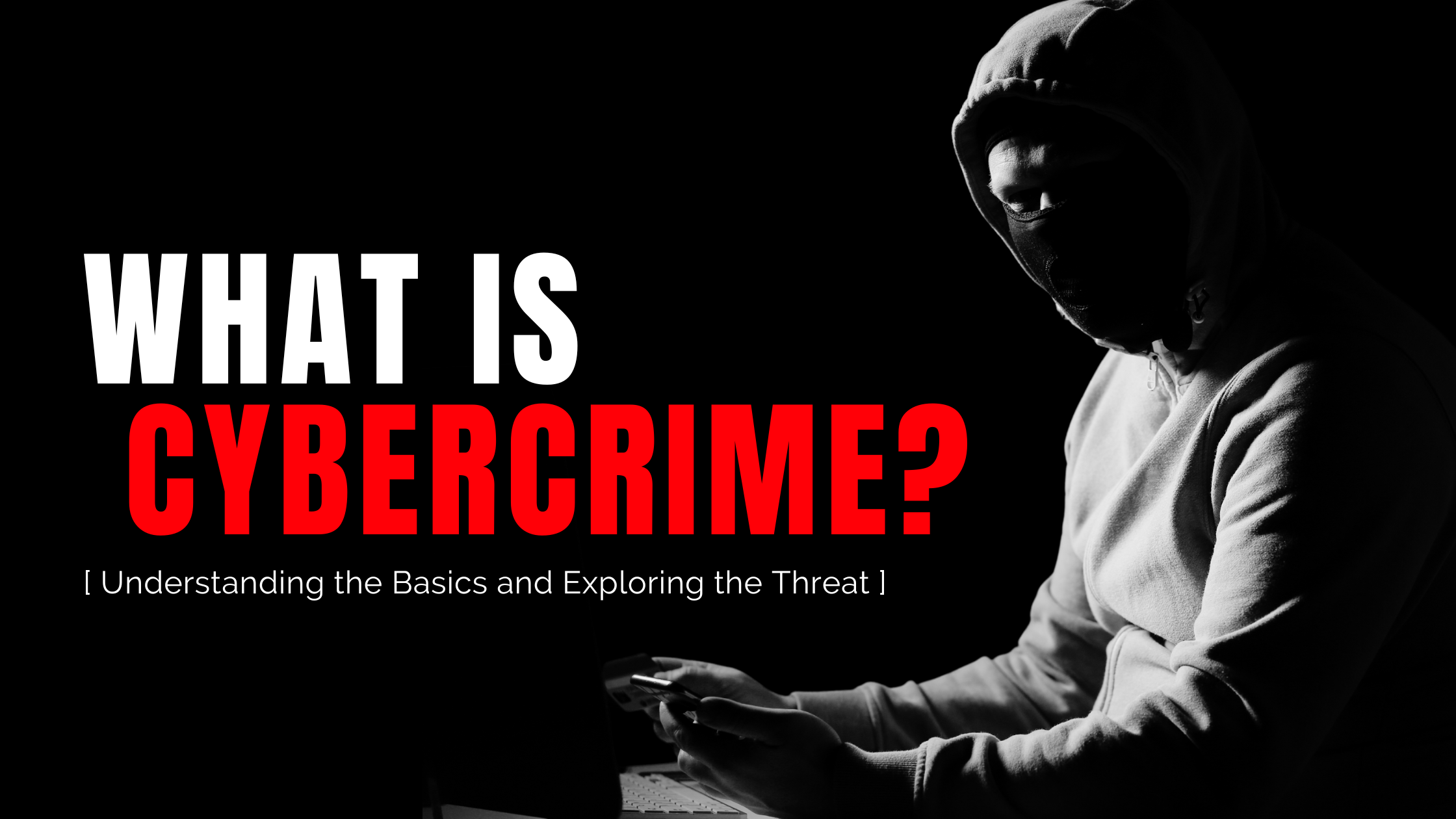Identity theft is a crime that involves someone unlawfully using your personal information—such as your name, social security number, or credit card details—without your permission, often for financial gain. This crime can have serious repercussions on your financial stability, credit score, and even personal safety. With the rise of cybercrime, understanding identity theft and learning how to protect yourself is more crucial than ever.
What is Identity Theft? Identity theft occurs when a criminal obtains and uses your personal information without authorization. Common forms include:
- Financial Identity Theft: Using your financial information for fraudulent transactions.
- Medical Identity Theft: Using your identity to access medical services or benefits.
- Criminal Identity Theft: Using your identity when arrested or involved in illegal activities.
- Synthetic Identity Theft: Combining real and fake information to create a new, fabricated identity.
How Identity Theft Happens in Multi-Layered Cyber Attacks Cybercriminals often use a combination of tactics to steal identities, making it difficult to detect or stop. Here are examples based on multi-layered cybercrimes:
- Phishing and AI-Powered Scams (refer to the blog on phishing): Criminals use phishing emails, texts, or calls that appear legitimate to trick victims into giving away personal information. AI deepfakes can make these scams even more convincing by mimicking voices or faces of trusted individuals.
- Influencer Fraud and Impersonation (refer to the blog on imposter scams): Scammers create fake social media accounts of well-known influencers or brands, luring victims into providing their information for fake giveaways, investments, or purchases.
- Brushing Scams (refer to the blog on brushing scams): Cybercriminals send packages with fake products to gather data on unsuspecting victims, which may later be used for identity theft.
- Investment and Imposter Scams: As you experienced with D&L, criminals can use a mix of social engineering and fake investment schemes to build trust, then steal both your financial and personal information for future use.
How to Avoid Identity Theft
-
Strengthen Your Digital Security
- Use strong, unique passwords for each online account.
- Enable two-factor authentication (2FA) for an extra layer of protection.
- Regularly update your software and security programs.
-
Be Skeptical of Unsolicited Communications
- Don’t click on links or download attachments from unknown senders.
- Verify the legitimacy of unexpected calls, texts, or emails by contacting the company or person directly using official contact information.
- Beware of "urgent" requests that push you to act quickly; this is a common tactic for phishing scams.
-
Monitor Your Accounts Regularly
- Check your bank statements and credit reports frequently for any unauthorized transactions.
- Set up account alerts for unusual activity on your credit cards or bank accounts.
-
Limit Information Sharing Online
- Avoid oversharing personal information on social media.
- Be cautious with whom you share sensitive information, even if they appear trustworthy.
How to Report Identity Theft
-
File a Report with the Federal Trade Commission (FTC)
- Visit IdentityTheft.gov to report identity theft and create a recovery plan.
-
Contact Local Law Enforcement
- File a police report, especially if there are clear signs of fraud.
-
Notify Financial Institutions
- Contact your bank, credit card companies, and any other affected financial institutions to freeze accounts and dispute unauthorized charges.
-
Place a Fraud Alert or Credit Freeze
- Consider adding a fraud alert to your credit report or placing a credit freeze with major credit bureaus (Experian, Equifax, and TransUnion).
Conclusion Identity theft is a prevalent and evolving threat in today's digital world, especially when it arises from multi-layered cyberattacks. By staying informed, taking preventive measures, and knowing how to report it, you can better protect yourself and others from falling victim to this devastating crime.




Leave a comment
All comments are moderated before being published.
This site is protected by hCaptcha and the hCaptcha Privacy Policy and Terms of Service apply.